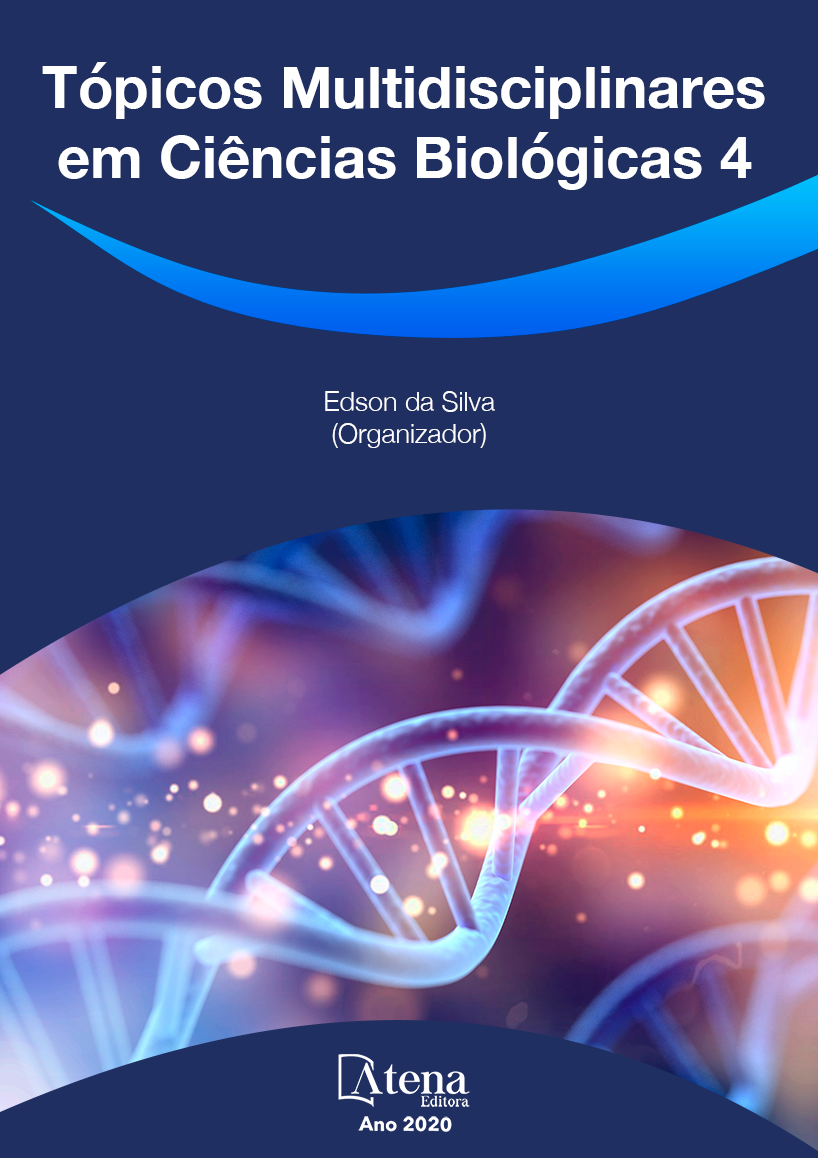
RELAÇÃO ENTRE MARCADORES DE RESISTÊNCIA INSULÍNICA E CIRCUNFERÊNCIA DO PESCOÇO EM ADULTOS JOVENS DE DIFERENTES ÍNDICES DE MASSA CORPORAL
Introdução: O tecido adiposo é um importante órgão que além de ser um armazenador de energia é também um órgão endócrino secretor de adipocinas, com ações pró-inflamatórias e anti-inflamatória que estimula a produção de proteínas de fase aguda no fígado, conduzindo a um estado inflamatório subclínico associado ao surgimento das comorbidades presentes na obesidade, como a resistência à insulina (RI). O objetivo deste estudo foi avaliar a relação entre marcadores de resistência insulínica e circunferência do pescoço em adultos jovens de diferentes índices de massa corporal.
Materiais e Métodos: Foi conduzido um estudo transversal que envolveu 149 indivíduos: 54 indivíduos saudáveis (32 mulheres e 22 homens), 27 com sobrepeso (17 mulheres e 10 homens) e 68 obesos (41 mulheres e 27 homens). As medidas antropométricas e as de insulina, hemoglobina glicada e glicose foram determinadas, além dos cálculos de HOMA e de Sensibilidade Insulínica.
Resultados: Pacientes obesos mostraram um significativo aumento nas concentrações de insulina, glicose, HbA1c, HOMA e Resistina. E diminuição da sensibilidade à insulina, assim como uma diminuição significativa da adiponectina. Não foram observadas diferenças significativas entre homens e mulheres.
Conclusão: Este estudo avaliou que quanto maior for a CP maior será o aumento do IMC e consequentemente haverá um aumento nos índices dos biomarcadores de resistência insulínica, os resultados apresentaram uma boa associação, sendo assim sugere-se que a CP seja utilizada como uma nova medida antropométrica para prevenção ou identificação de agravos na saúde pública.
RELAÇÃO ENTRE MARCADORES DE RESISTÊNCIA INSULÍNICA E CIRCUNFERÊNCIA DO PESCOÇO EM ADULTOS JOVENS DE DIFERENTES ÍNDICES DE MASSA CORPORAL
-
DOI: 10.22533/at.ed.29620300717
-
Palavras-chave: Circunferência do pescoço. Insulina. Obesidade. Resistência insulina. Biomarcadores.
-
Keywords: Circumference of the neck. Insulin. Obesity. Insulin resistance. Biomarkers.
-
Abstract:
Introduction: Adipose tissue is an important organ that in addition to being an energy store is also a secret secret organ of adipokines, with pro-inflammatory and anti-inflammatory actions that stimulates the production of acute phase proteins in the liver, leading to a chemical state subclinical disease associated with the emergence of comorbidities present in obesity, such as insulin resistance (IR). The aim of this study was to evaluate a relationship between markers of insulin resistance and neck circumference in young adults with different body mass indexes.
Materials and Methods: A cross-sectional study was conducted involving 149 individuals: 54 healthy (32 women and 22 men), 27 overweight (17 women and 10 men) and 68 obese (41 women and 27 men). The anthropometric measurements and those of insulin, glycated hemoglobin and glucose were determined, in addition to calculations of HOMA and Insulin Sensitivity.
Results: Obese patients showed a significant increase in insulin, glucose, HbA1c, HOMA and Resistin concentrations.And decrease in insulin sensitivity, as well as a significant decrease in adiponectin. There were no significant differences between men and women.
Conclusion: This study evaluated that the higher the CP the greater the BMI increase and consequently there will be an increase in the biomarkers indexes of insulin resistance, the results presented a good association, so it is suggested that the CP be used as a new anthropometric measure for the prevention or identification of diseases in public health.
-
Número de páginas: 13
- Andressa de Fátima Cavasin
- Eduardo Ottobelli Chielle


